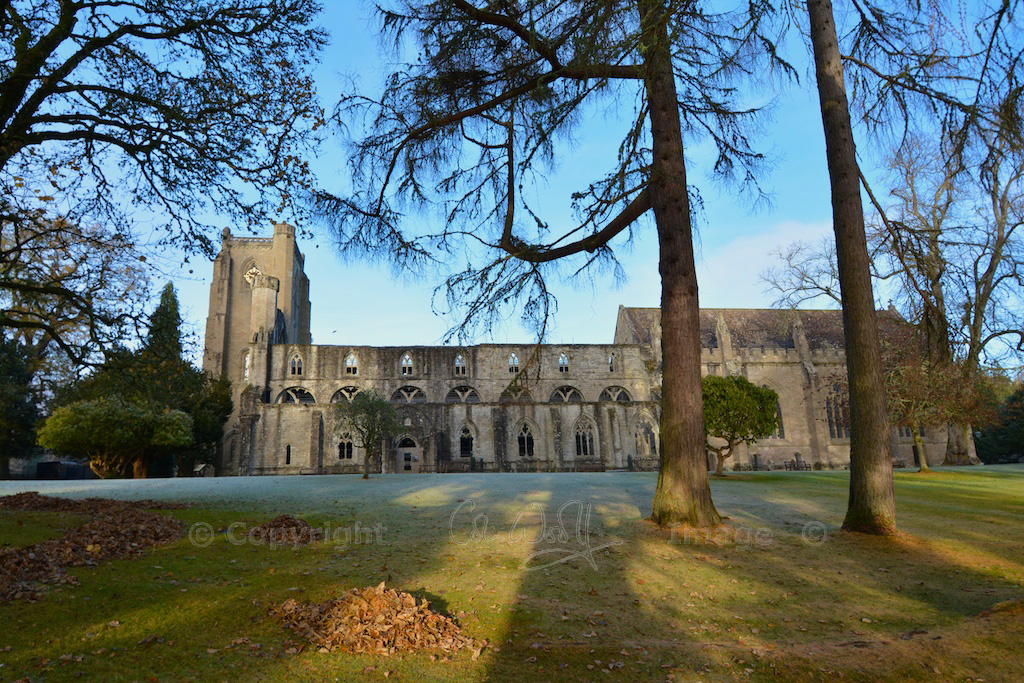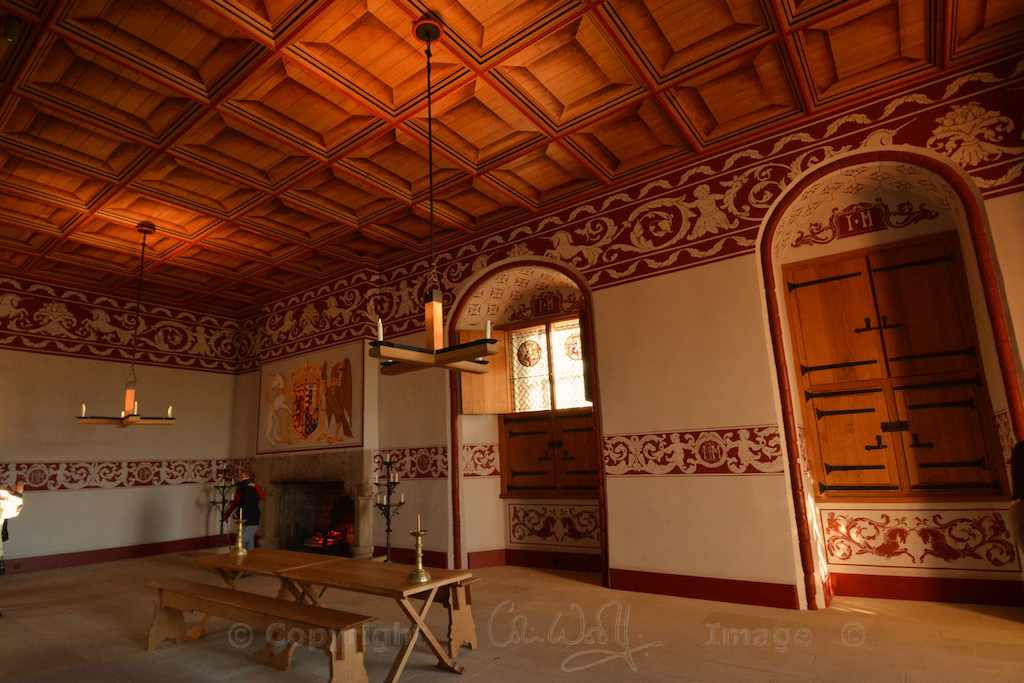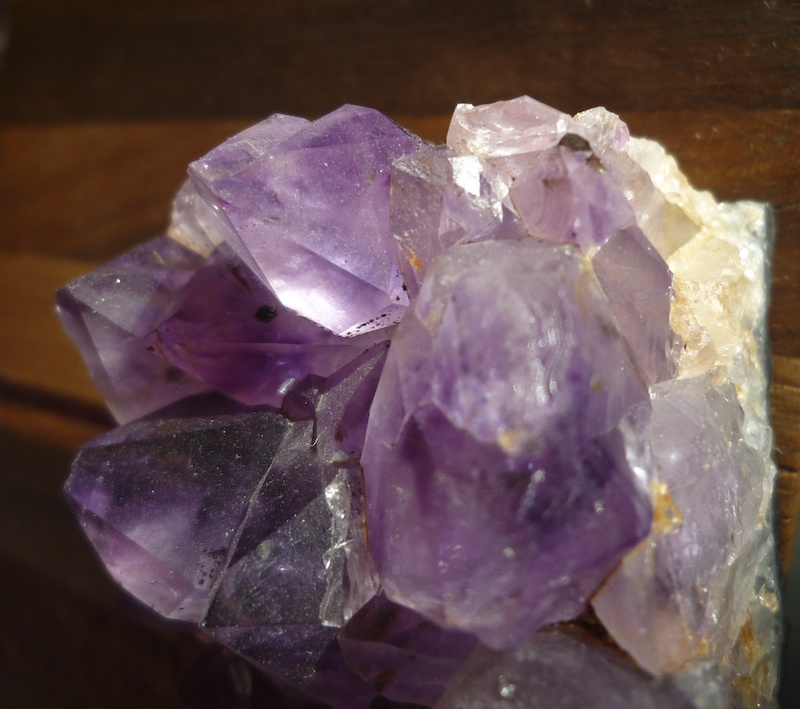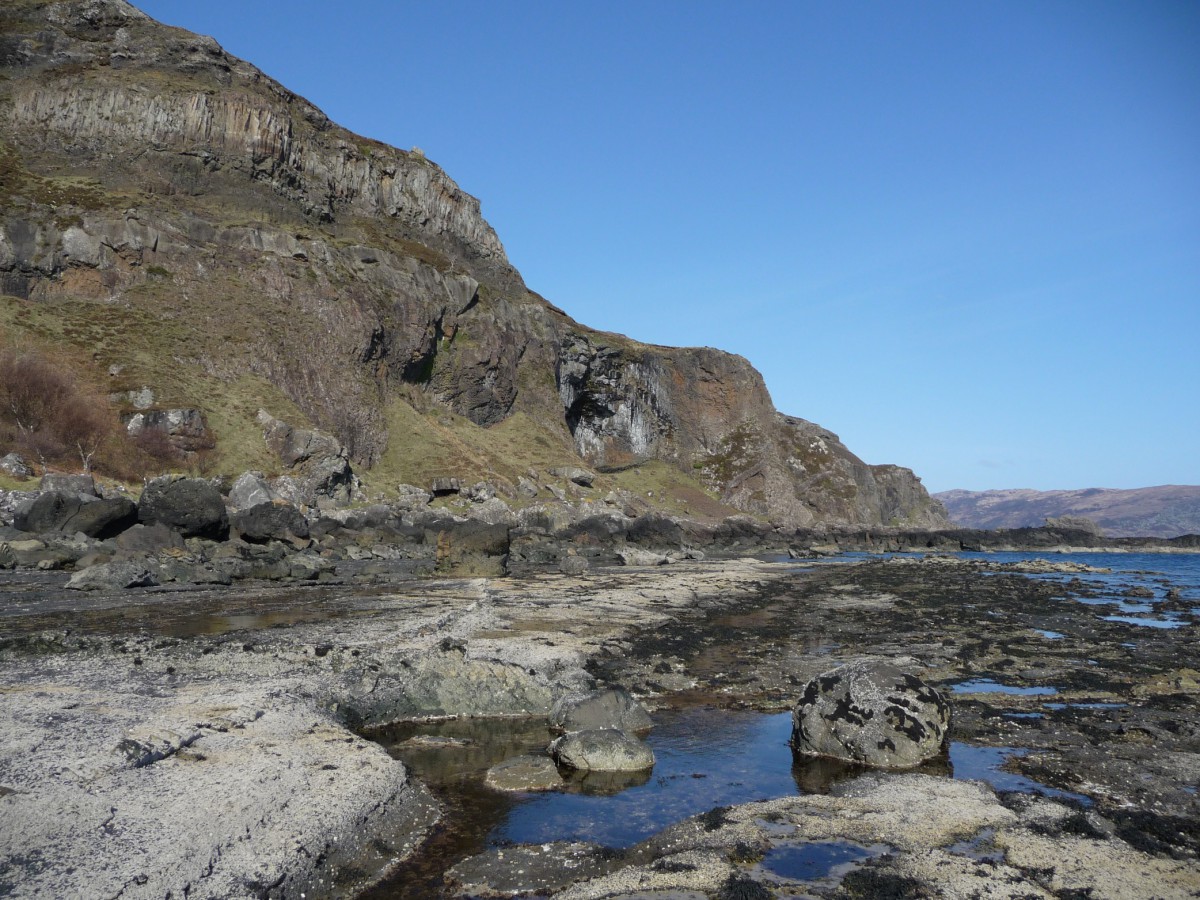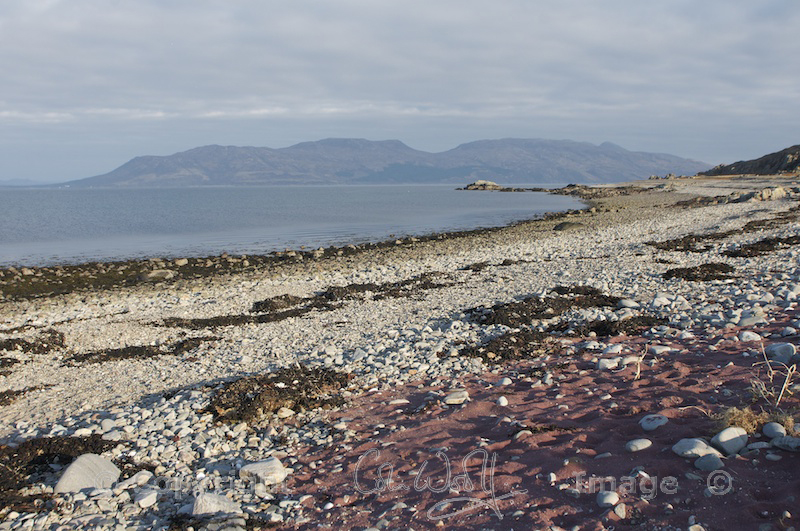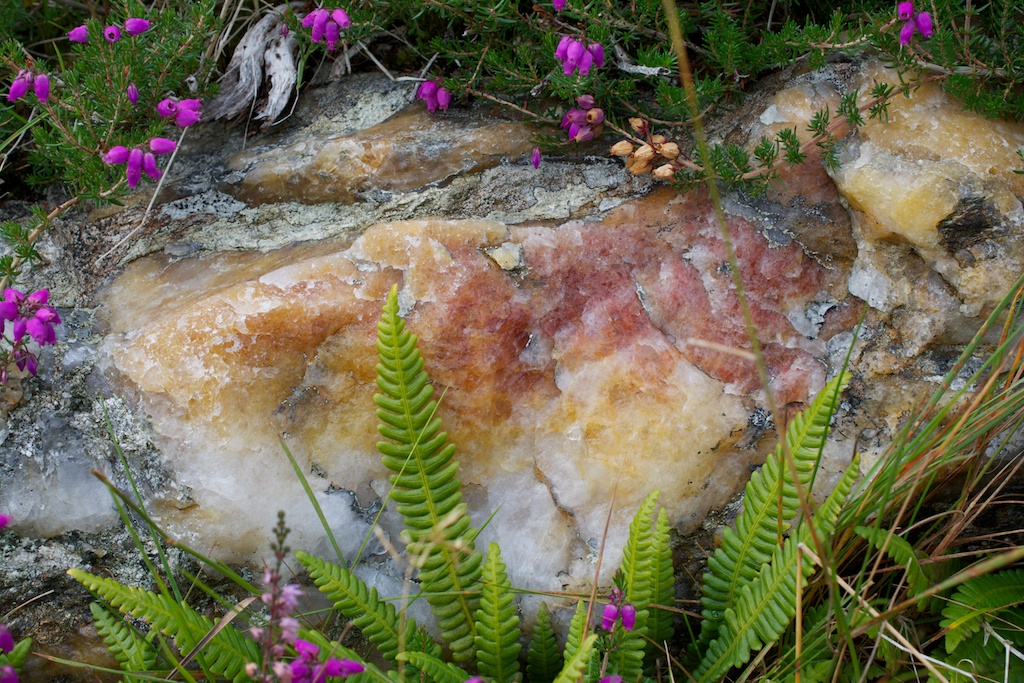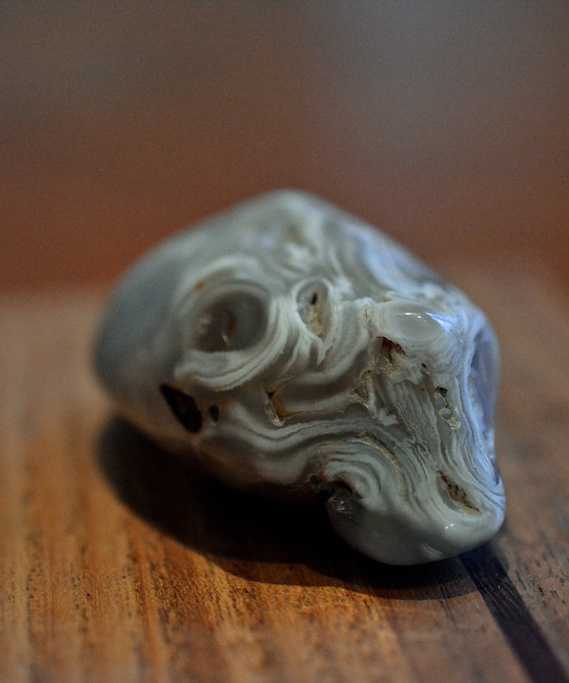
Enhydro agate – a secret water chamber
 This little lump of greyish stone has something very unusual and interesting in its core: a bubble containing water that has been trapped within the rock, maybe for as long as 200 million years.
This little lump of greyish stone has something very unusual and interesting in its core: a bubble containing water that has been trapped within the rock, maybe for as long as 200 million years.
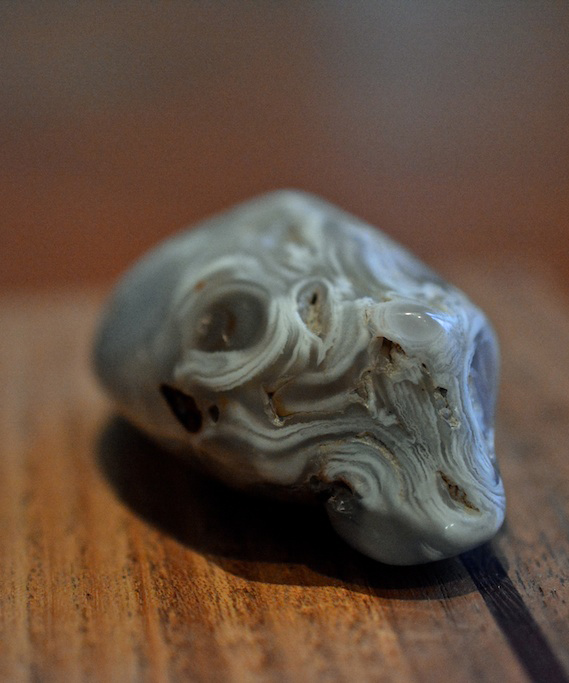 The scientific term for this formation is ‘enhydro’ or ‘enhydrous’ agate. This particular specimen is chalcedony, banded in light grey and white, and it comes from Brazil.
The scientific term for this formation is ‘enhydro’ or ‘enhydrous’ agate. This particular specimen is chalcedony, banded in light grey and white, and it comes from Brazil.
In most cases, the liquid within a chamber gradually deposits a sparkling geode of crystals as the rock cools, and any remaining water drains away or evaporates. However, for reasons which I don’t pretend to understand, some rare specimens still contain a bubble of liquid. It’s like a kind of Jurassic chocolate liqueur, only the outer casing is a bit harder!
Amazingly, if you shake the stone, you can hear the liquid quietly sloshing around, and if you place a light behind it, you can see the water level. With Verity’s help, I have tried to show you this on video, and capture the sound.
I can’t help wondering if air is also captured within. And, if it really is that old, has the water ever been examined for traces of life forms? I’m sure it has, and if there were any discoveries I’m sure we’d have heard of them by now – but it’s a fascinating thought.
Some experts cast doubt on whether the water is actually the same age as the stone; in fact, it may have been replaced several times as the rock expanded and contracted with the Earth’s fluctuations in temperature. One website states that the water is still evaporating from the rock, very slowly, through tiny capillaries. I may have hastened it on its journey with lots of shaking, but there still seems to be quite a bit left!
My enhydro agate was supplied by Mr Wood’s Fossils in Grassmarket, Edinburgh.
Photos and video © Verity Woolf
Why not take a look at rest of my series on rocks and crystals:
Or visit the amazing standing stones of Callanish!
